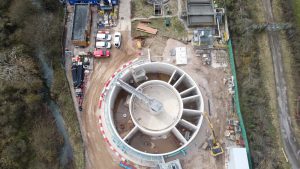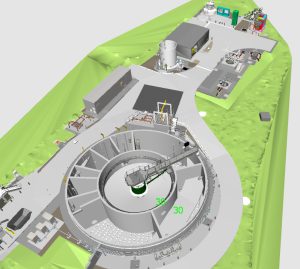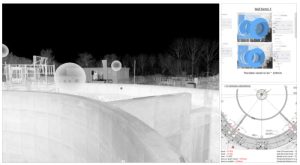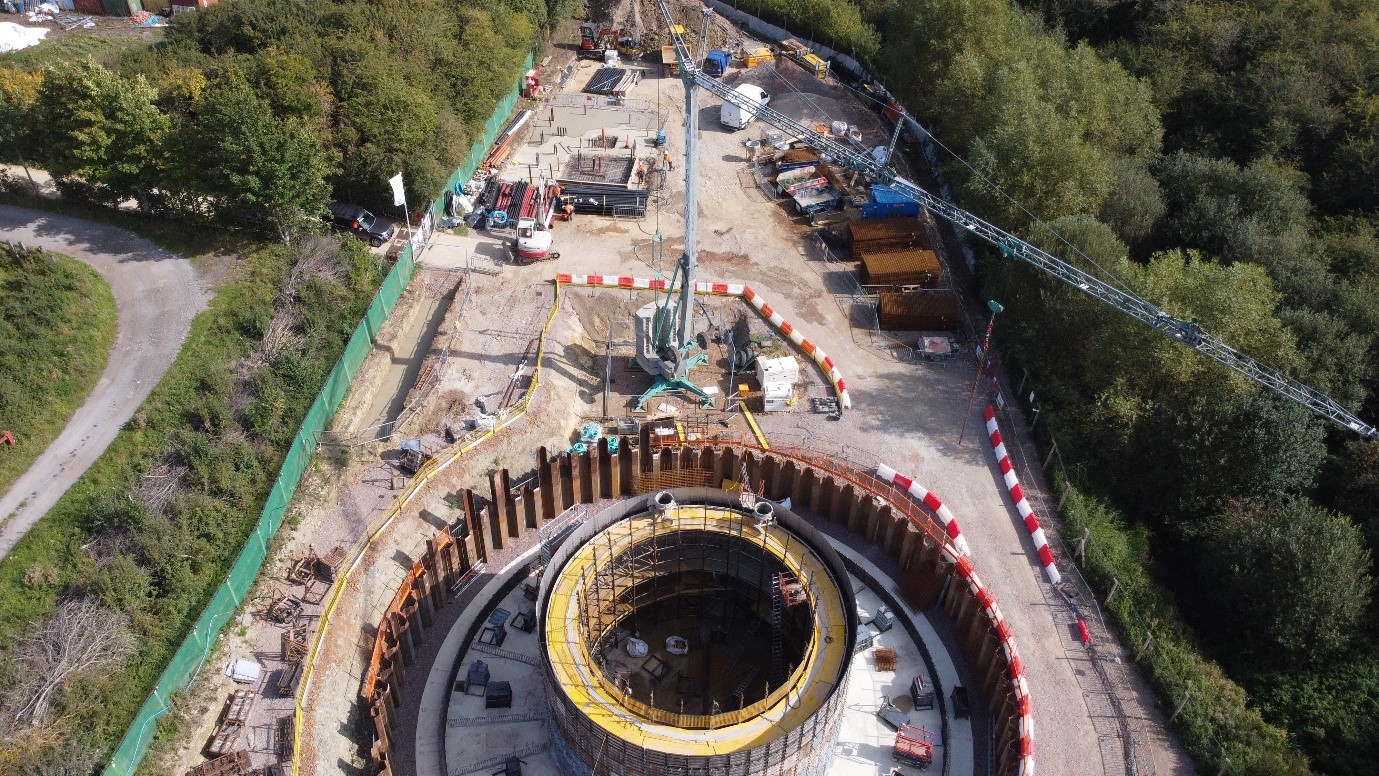Purpose: In AMP7 Client, Severn Trent (ST), is required to improve Kineton STW, delivering environmental improvement obligations for the local community and delivering a 0.5mg/l Total Phosphorus effluent limit which comes into force in December 2021.
Scope: The new works process design is a three pocket Aerated Sludge Plant (ASP), Final Settlement Tank (FST), sludge thickening, Tertiary Solids Removal (TSR) and associated pumping stations.
Issue: ST’s initial solution proposed separate ASP and FST structures potentially requiring land purchase to overcome the site constraints. MWH Treatment’s innovative solution to this problem was the “Compact Plant”, incorporating a pocket ASP and FST in a combined structure, wrapping the conventional pocket ASP around the FST.

Project Initiation/Whole Supply Chain Early Engagement
Early engagement of the supply chain maximised opportunities, embedding their innovative design and delivery ideas to overcome conventional construction mind-sets. One example was overcoming poor ground conditions for the deep excavation challenge with earthworks contractor Naylor, using a pre-augured, 9-12m independent cantilevered sheet-piled cofferdam, mitigating intrusive internal bracing. Formation levels were also lifted following initial site investigation indicating ground water, mitigating flotation and dewatering issues.

Digital Delivery
The team’s adoption of digital delivery increased efficiency. Laser and drone surveys enabled 3D modelling production, removing equipment clashes and enabling development of efficient delivery including developing the proposal to elevate the peripheral pipework, enabling early backfilling and removal of the earth works support.
The modelled solution provided visual enhancement to the virtual site induction and enabled sharing of QR codes and BIM images with the local community, increasing engagement, enhancing the customer experience.
A ‘digital-twin’ of as-built structures was created, allowing digital comparison between model and construction. The digital outputs were shared with the supply chain ensuring as-built deviation was incorporated, mitigating mechanical interface issues during assembly.
A GDPR compliant electronic general induction system for workers/visitors prior to arrival on site allowed site induction to focus on the key site-specific dynamic issues. Prompter starting of productive work by over 840 people using this system has saved an estimated 1095 hours of productive time.
Process Design
The “EBPR” biological process plant design has enabled minimisation of chemicals needed to achieve the phosphorous consent. The flexible plant’s three modes of EBPR, will allow ST to optimise Opex efficient phosphorus removal, reducing imported chemical use.

Efficiencies and Environment
The compact plant’s greener, more sustainable, solution saved 580m³ concrete, reducing embodied carbon by 42% and Capex by £400k. The smaller footprint additionally enabled safe access to the old works by ST Operations during construction.
Programme
Programme efficiencies of five months were enabled by digital design, selection of the compact plant, DfMA and programme intensity focus operating multiple work fronts enabling ST six months from June21 to optimise the plant prior to the new consent.




